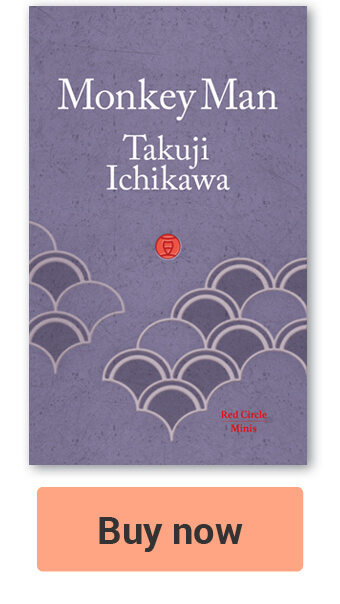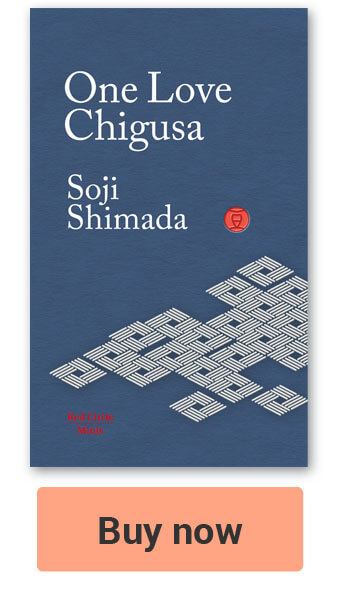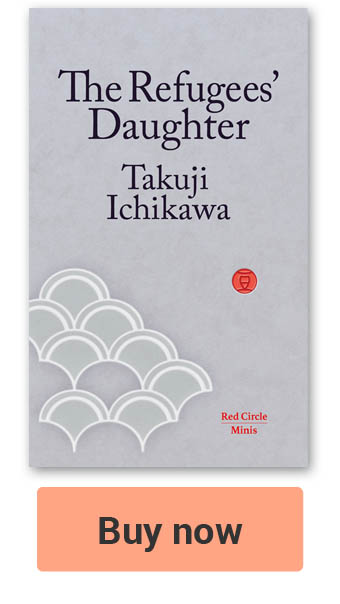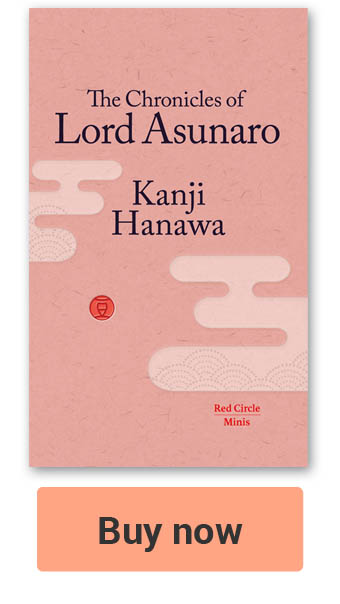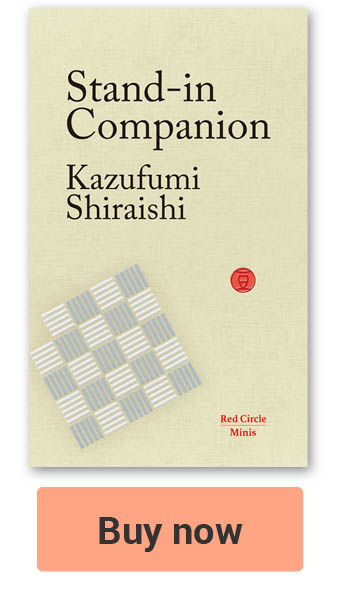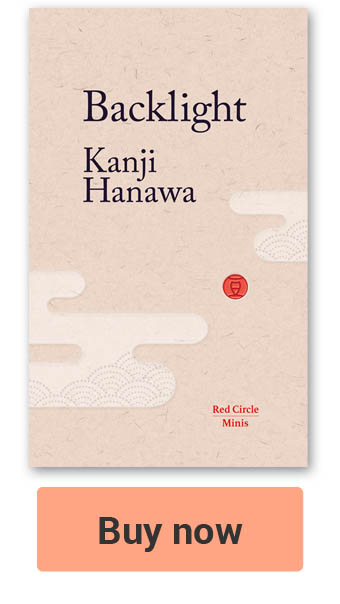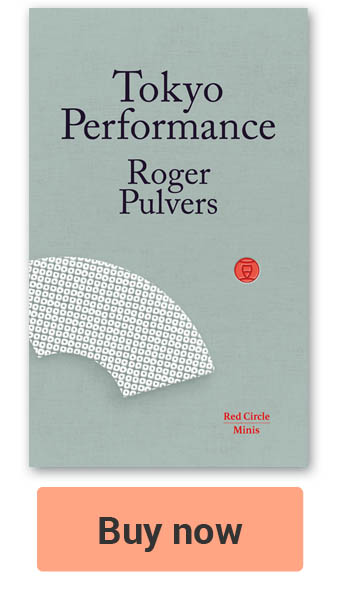- Retail
By 1905 Japanese people were already buying the ‘Encyclopedia Britannica’ on subscription and their prompt payment was used to highlight the trustworthiness of the nation[UPDATED: 4-3-2023]
In response to a claim that the Japanese are not ‘honest in trade’ made in a letter published in the Times, the Manager of the Publications Department of the newspaper wrote a letter that was also published in the Times, on 7 October 1905, countering this allegation made by a bishop.
Encyclopedia sales to Japan, by the newspaper’s Publications Department were cited as proof of the honesty of the Japanese.
The letter, which reflects the period and the Russia-Japanese War (1904-1905), also highlights the dilemmas publishers and booksellers face when deciding on a sales strategy to penetrate the Japanese market and the ‘mysteries of the Japanese import book system’ – something that would probably resonate with many publishers even today.
Some extracts from this letter are below:
“I quite admit that Englishmen in Japan who have long resided in Japan did not believe that it would be prudent for the Times to adopt in Japan the installment system of selling books, previously unknown there. When the representative of the Times arrived in Japan to sell the Encyclopedia, he naturally asked English residents there what they thought of the project. With one exception the answer was: ‘You cannot sell the Encyclopedia Britannica here because English and American residents have already obtained a copy from England, and, of course, the Japanese will not buy – fortunately for you, because if they did they would not pay.
“The only English resident who did not say this said: ‘Of course you can sell any number of Encyclopedias to the Japanese, but you will never be able to collect the payments when they have once got the books. No Japanese will pay for the Encyclopedias when he finds he can get it without payment.
“In the face of this advice, “the installment plan of sale was adopted”… and Japanese customers who purchased sets on installment plans “proved much more punctilious” than English customers in paying.
“Ninety-five per cent, of the encyclopedia sold in Japan were sold to Japanese, not to foreign residents, and the statements I am about to make refer exclusively to purchases made by the Japanese themselves.
“In Great Britain less than half of the payments arrived in the day promised. In Japan less than 1 per cent, of the payments were made the day before they were due, because the Japanese did not like to run the risk of any accidental delay that might make them even one day late. The cost of collecting the instalment payments in Japan is less than half as much as in England, simply because the Japanese are so punctilious that clerical labour and postage are not expended in reminding them that their payments are overdue. They seem to look upon debt as a debt of honour, which must not be forgotten even for a day.
“I may add that the Japanese bought five times as many Encyclopedia as were sold in France and Germany combined, fifty times as many as in Russia, more than any other country except India, Australia, and the United States.
“When I see a bishop of the Church of England, who has lived in Japan since 1898, write with so little appreciation of the Japanese, I wonder whether some of our countrymen are not as blind as the Russian statesman who, in the early days of the war, described the Japanese as ‘yellow monkeys,’ and as blind as the Ambassador of the Tsar who made the statement in Tokyo, before the war, that mobilisation of one army corps in Russia would frighten the Japanese into immediate submission.
“No one in the Times office, at any rate, can doubt that the standard of integrity among the Japanese is so high that when young men, who have bought the Encyclopedia, abandoned their employment to go to the front, their families promptly paid the installments due, under circumstances of the utmost difficulty.”
This letter was cited by the Cambridge University educated Japanese aristocrat, Baron Suyematsu (1855-1920), in his book Fantasy of Far Japan. Written in English the same year as the letter was published in the Times, it is an early form of Japan-related ‘myth-busting’ and ‘fake news’ management designed to improve the reputation of Japan, Japanese business people in Europe, and how the story of Japan was being told internationally.
This extract from an essay by a British diplomat Lord Redescale (1837-1916) helps explain why Japan wanted to present a multi-dimensional picture of the Land of the Rising Sun, and why this was seen as being so important at that time:
“It was in the year 1870 that Japan made her first appearance as a borrower in the London money market… I had just come home from the Far East, and there did not happen to be any one else in London at the time who had any special knowledge of the then very new Japan. I could not imagine why so many gentlemen with names absolutely unknown to me – many of them German – were so anxious to make my acquaintance. They drew the Foreign Office for me, they hunted my lodgings; at length one gentleman, Mr. Julius Beer, ran me to earth in my club.
“The secret then came out. Was it safe to lend Japan money? Was she solvent?
“Well, I was able to reassure my cross-examiner upon that point, and a loan was successfully brought out by Messrs. Erlanger and Beer. But under what conditions? It was but a small sum that was asked for – a million if I remember right – and for this pitiful accommodation Japan was to pledge the right of making railways and to pay the promoters twelve per cent., of which nine per cent , went to the public. Thirty thousand a year for a term of years was a fine plum out of which to pay the expenses of city gentlemen…”

